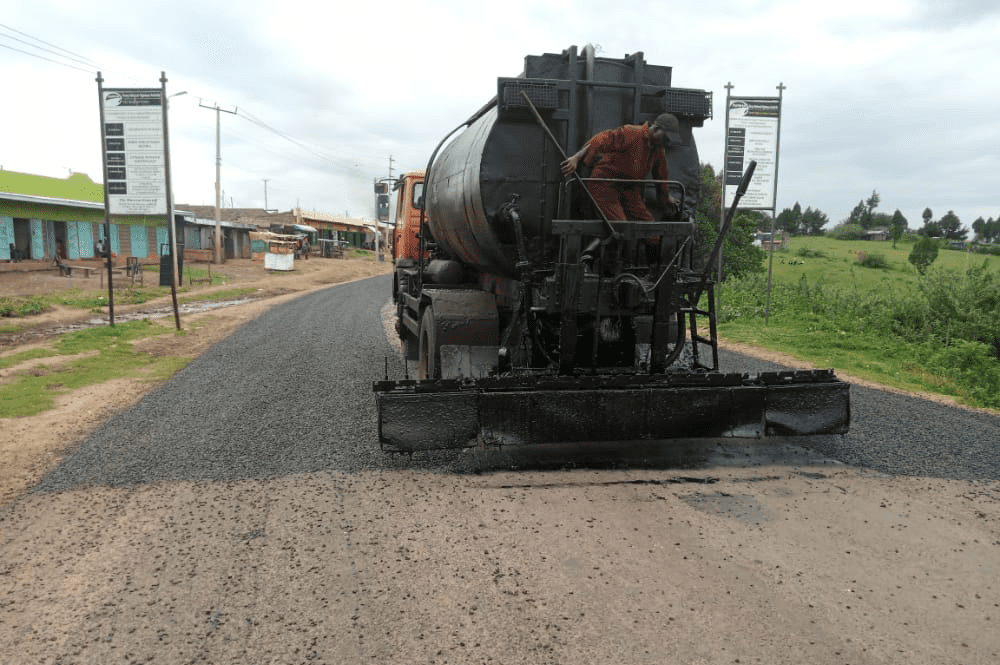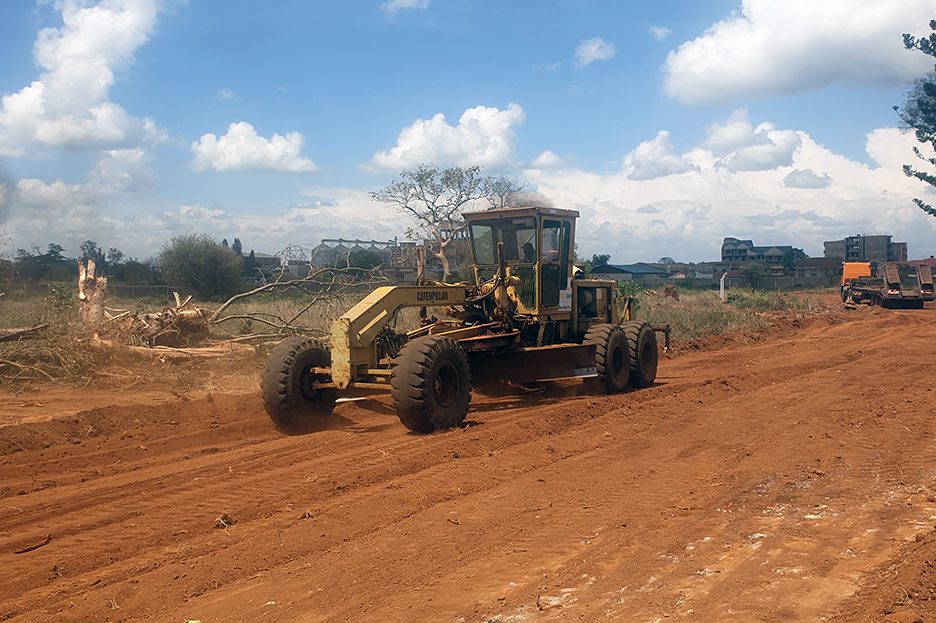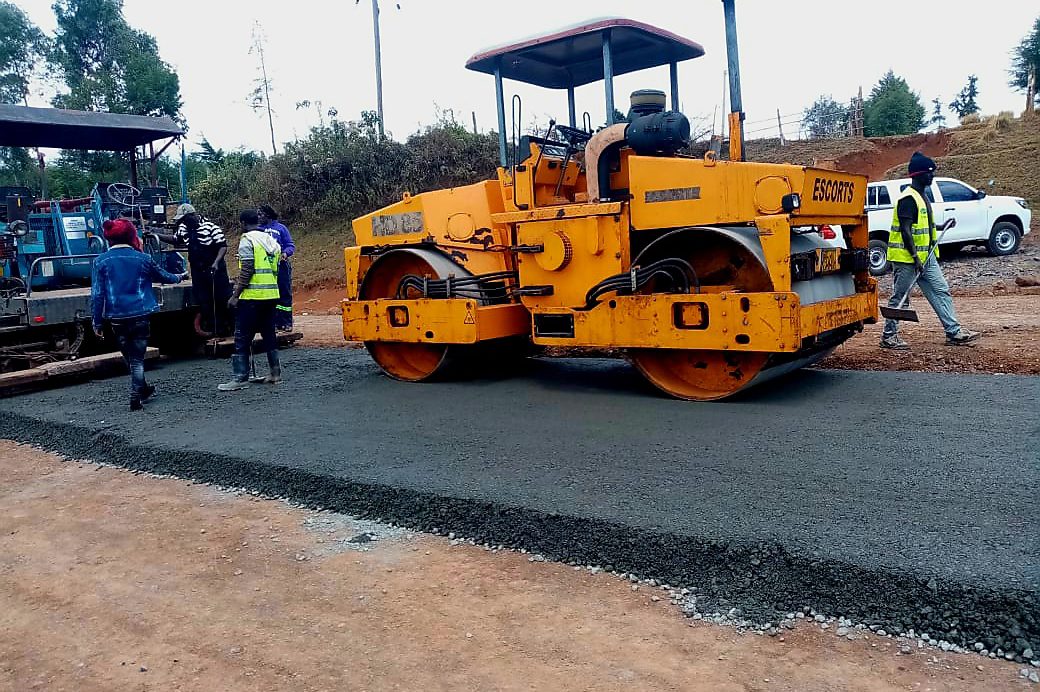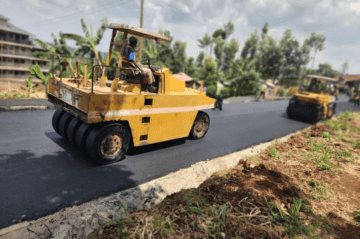- +254 798 216 143
- sales@tingashare.com
- Baba Dogo Road, Ruaraka, Nairobi, Kenya
Infrastructure Development in Kenya: Opportunities and Challenges Amidst Economic Growth

Kenya’s rapid economic growth has spurred significant advancements in infrastructure development across the country. As the nation strives to modernize its transportation networks, energy facilities, and public services, the construction industry plays a pivotal role in driving progress. In this article, we explore the opportunities and challenges that come with infrastructure development in Kenya, while also addressing the impact of the current inflationary pressures on the sector.
Opportunities for Infrastructure Development:
- Enhancing Connectivity: Infrastructure projects, such as road networks, bridges, and railways, improve connectivity between regions, promoting efficient transportation of goods and people. These developments open up new trade opportunities, stimulate economic activity, and create jobs, contributing to the nation’s prosperity.
- Sustainable Energy Solutions: Kenya’s commitment to renewable energy sources presents an opportunity for infrastructure development in the energy sector. Projects like hydroelectric power plants, solar farms, and geothermal plants can meet the growing energy demands while promoting environmental sustainability.
- Urban Development: With urbanization on the rise, there’s a need for modern infrastructure to support the growing population. Construction projects that focus on smart cities, affordable housing, and improved public services present significant opportunities for the construction industry in urban areas.
- Tourism Infrastructure: As a popular tourist destination, Kenya’s infrastructure development extends to hospitality, recreation, and tourism. Building and upgrading hotels, resorts, and recreational facilities create a conducive environment for tourism growth, bolstering the nation’s economy.

Challenges Faced by the Construction Industry:
- Inflationary Pressures: Kenya, like many other economies, faces inflationary pressures that impact the cost of materials, labor, and overall project expenses. The construction industry is particularly sensitive to these inflationary trends, leading to rising project costs and potential delays.
- Financing Constraints: Infrastructure development projects often require substantial financial investments. The availability of affordable financing and securing long-term funding for major projects can be a challenge for both the government and private investors.
- Regulatory Hurdles: Navigating complex regulatory procedures and obtaining necessary permits can create delays and add costs to infrastructure projects. Streamlining the regulatory process is essential to expedite project implementation.
- Skills Shortage: The construction industry in Kenya faces a shortage of skilled labor, particularly in specialized fields. Training and developing a skilled workforce are crucial to meet the demands of infrastructure development projects.

Addressing Challenges and Seizing Opportunities:
To address the challenges and maximize opportunities in infrastructure development, collaborative efforts between the government, private sector, and international partners are vital. Key strategies include:
- Mitigating Inflation Impact: Adopting cost-effective measures, exploring alternative materials, and efficient project management can help mitigate the impact of inflation on construction projects.
- Public-Private Partnerships (PPPs): Leveraging PPPs can facilitate access to funding, share risks, and optimize the allocation of resources for infrastructure projects.
- Capacity Building: Investing in skills development and vocational training programs ensures a skilled workforce capable of handling complex construction tasks.
- Streamlined Approvals: Enhancing regulatory efficiency and reducing bureaucratic hurdles can expedite project approvals and improve implementation timelines.

Infrastructure development in Kenya presents significant opportunities for economic growth, connectivity, and sustainability. While challenges like inflation, financing constraints, regulatory complexities, and skill shortages persist, addressing them through collaborative efforts and strategic planning can pave the way for a robust construction industry. By seizing opportunities and overcoming challenges, Kenya’s infrastructure development will continue to shape the nation’s future, ensuring a prosperous and resilient economy for years to come.
